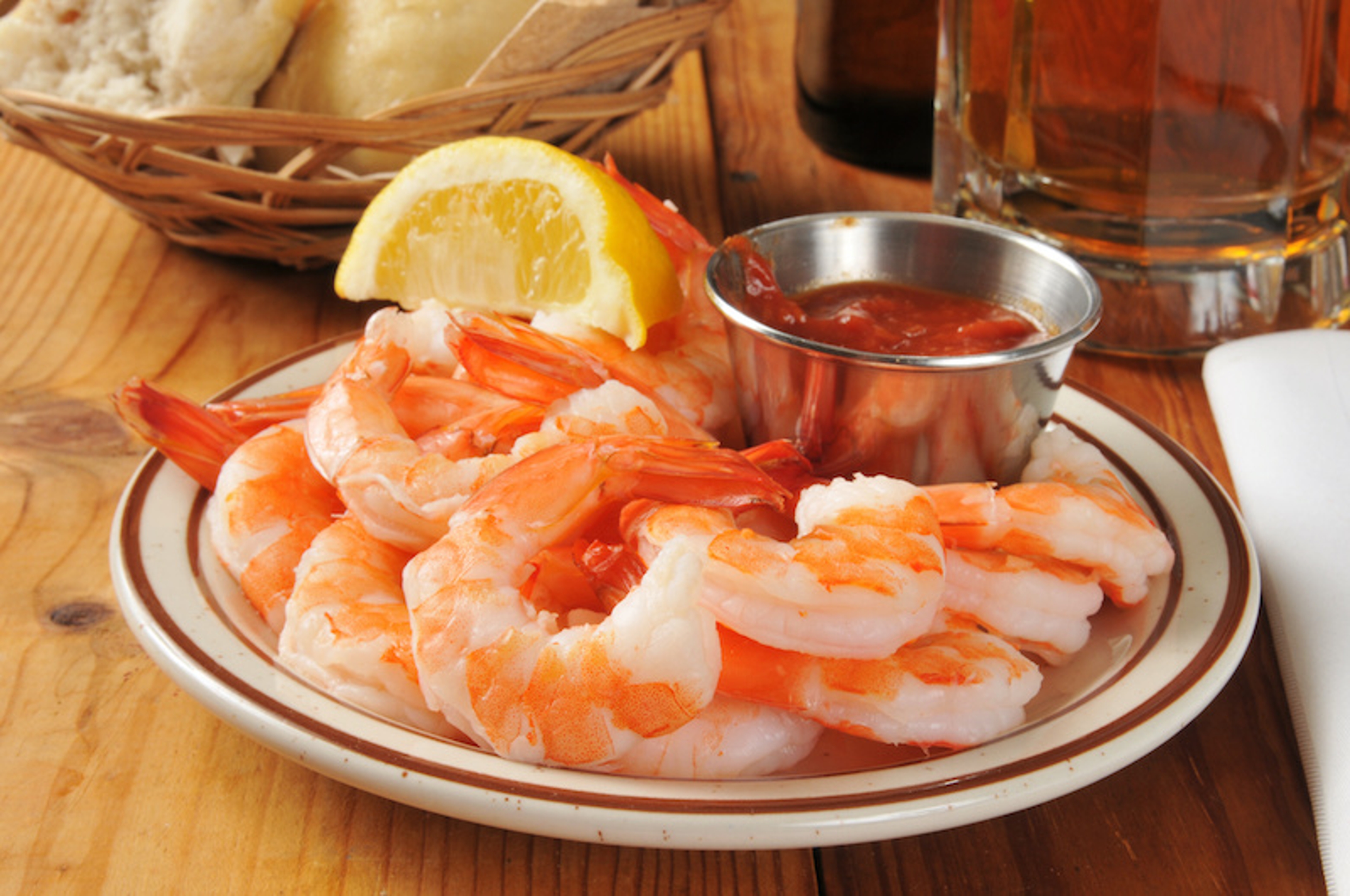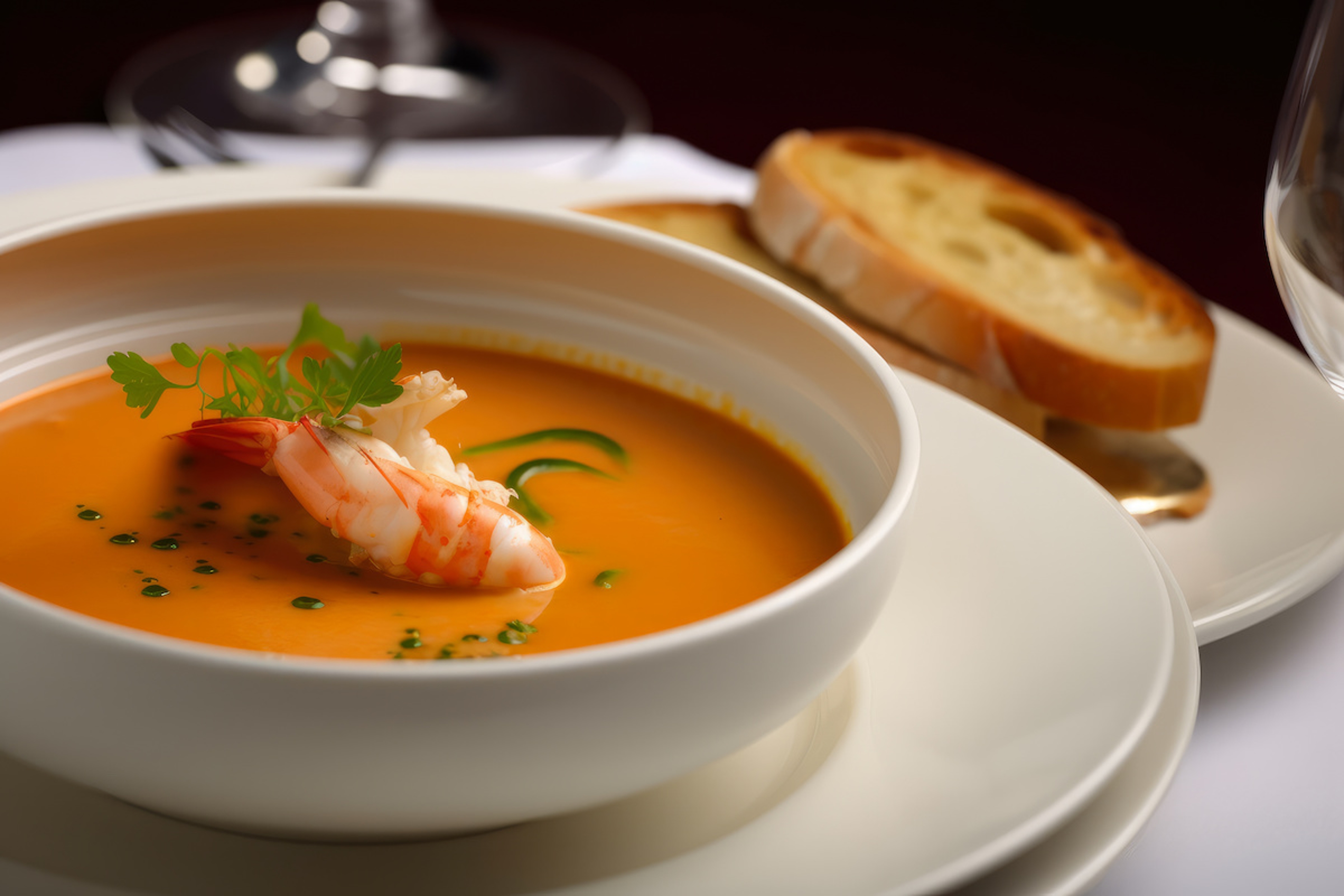What's the Difference Between Shrimp and Prawns?
Yes, they are two different crustaceans.
Dec 16, 2023
Is that a prawn in your shrimp scampi? Or maybe a shrimp in your prawn risotto?
No matter how much you know about seafood, being able to differentiate shrimp from prawns has confounded chefs and fishmongers alike, regardless of experience level, for generations.
Shrimp and prawns are two distinct types of water-based crustaceans, but they overlap in some confounding ways that can make it almost impossible to tell which is which (unless you're a scientist with a microscope).
For the rest of us, here's a breakdown to help recognize some of the key differences between these (equally delicious!) seafood stars.
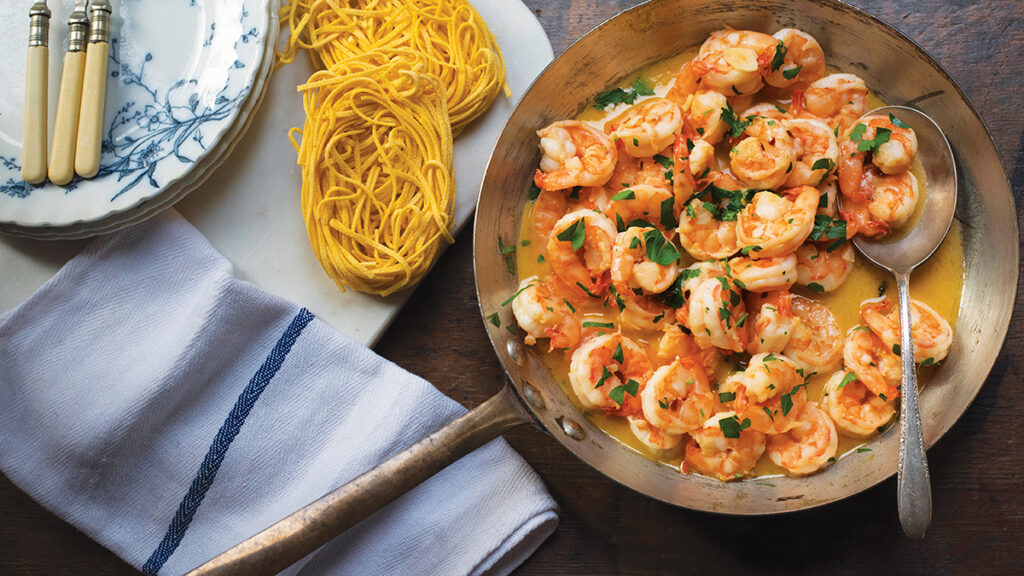
What's the difference between a shrimp and a prawn...
Scientifically
According to zoologist estimates, more than 2,000 different species of shrimp and 200 subspecies of prawns exist in the world. That's a lot of seafood!
Both prawns and shrimp are members of the “decapod" order, meaning they have 10 “feet" or legs — and their legs are a major distinguishing feature. Prawns have longer legs and multiple sets of claws, whereas shrimp have shorter legs and just a single pair of claws.
Shrimp are part of a suborder of this family called pleocyemata (which also includes crayfish, lobsters, and crabs.) Prawns belong to a different suborder called dendrobranchiata.
The reason for this distinction in classification is the body structure of the two creatures. For starters, the gills of shrimp and prawns are arranged differently. Shrimp have gills that are more like a plate and that are flush against their body. The gills of prawns extend from the body so they are more external. The gills on prawns almost look like lots of little hairs sticking out from their body versus that smooth plate where water enters on shrimp. Prawns also have more overlapping segments within their body and shell, which makes them more rigid and “firm;" shrimp have less overlap between their body segments and are able to bend more gracefully.
By size
Although there are exceptions to the rule, prawns tend to be bigger than shrimp. But even this can cause confusion in labeling, with some markets automatically calling large shrimp “prawns" based on their size alone and not their proper scientific classification.
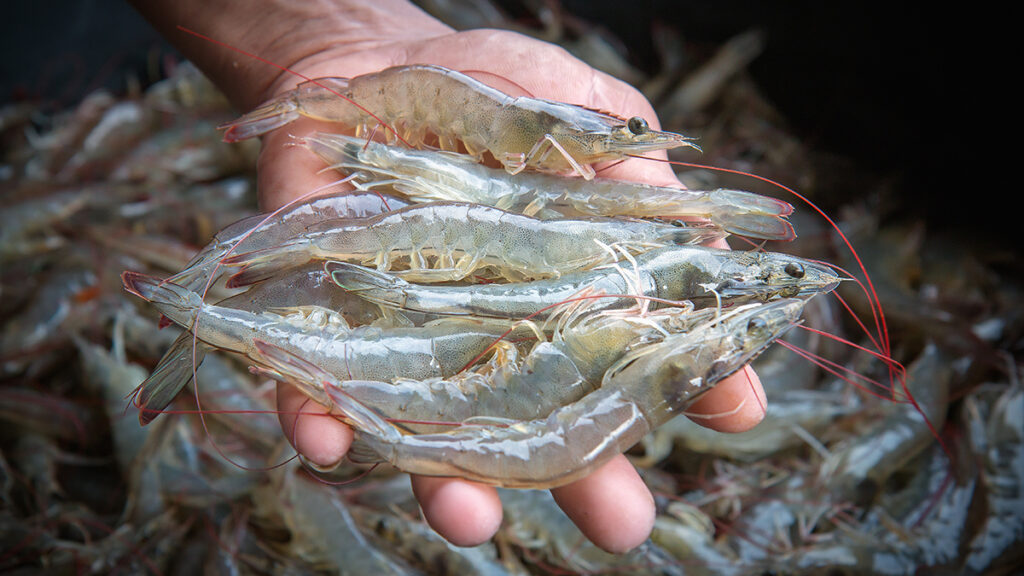
By habitat
Prawns and shrimp can be found in bodies of water all over the world. However, close to 75% of all shrimp come from saltwater regions. Prawns can live in saltwater as well but are much more commonly found in freshwater.
As for temperature and location, shrimp thrive in warm and cold habitats equally. (The colder the water, the smaller the shrimp tend to be.) The vast majority of prawn varieties, however, prefer calm, warmer waters.
Shrimp are also swimmers and frequent all regions of their environments. Prawns, on the other hand, tend to spend more time crawling along the muddy floor of the spots where they live or hiding in and amongst the rocks.
Geographically
Prawns and shrimp are both caught, farmed, and sold in countries across the globe, but the ways different populations refer to them can vary wildly.
In the U.K., Australia, New Zealand, and Ireland, most people generally refer to both shrimp and prawn as simply “prawns."
In North America, we use the term “shrimp" much more frequently, with “prawns" typically considered by laypeople to be large species from freshwater.
MORE: Does the Best Shrimp Come From Oregon?
In Spanish-speaking countries, “shrimp" and “prawn" are typically referred to with the same word: “langostino." That brings about a whole new layer of confusion, since, in English, “langoustines" are a type of small lobster (one that's often considered a delicacy!).
In most Asian cultures, they don't make a distinction between shrimp and prawns, so the same word in each language is used to describe both. So, in Japanese, for example, the word for shrimp is "ebi" and that's also the same word they use for prawns as well. In Korean, they use the word "saeu." And in Thai, it's "kung" for both. However, to further complicate matters, Dutch, French, Italian, German, and Russian speakers all make a distinction between shrimp and prawns, and have different words for each.
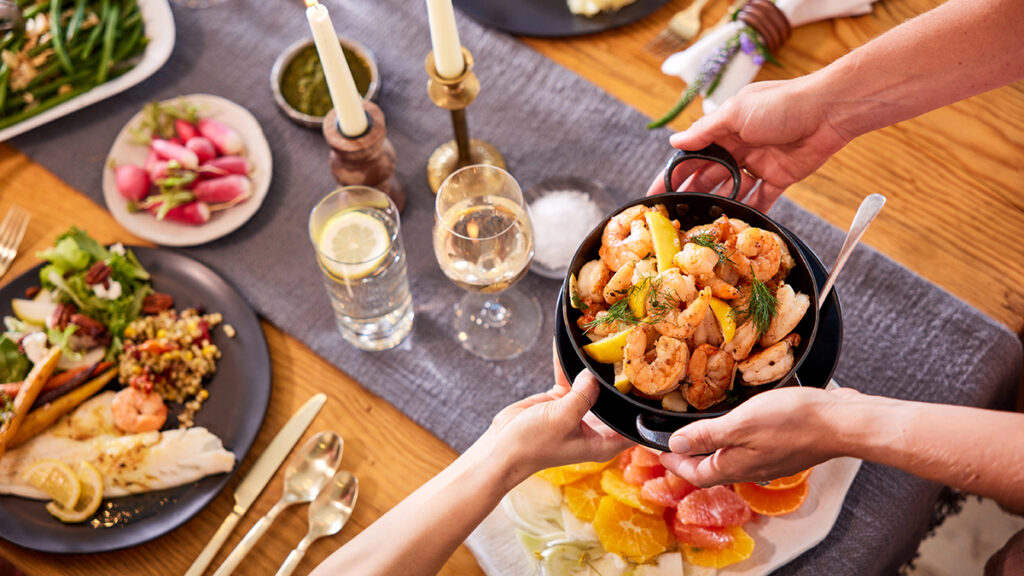
In the kitchen
Prawns and shrimp both cook quickly and can be used interchangeably in recipes. Although they are similar in taste and texture, some chefs believe prawns are sweeter and meatier, with a more tender and juicy texture. In contrast, shrimp are said to be more mild and delicate, with a subtle saltiness and a more crisp texture when properly cooked. (Note that although they look and taste similar, since they are smaller, shrimp do tend to cook faster, so adjust your recipes accordingly.)
Whether you're cooking shrimp or prawns, your menu options are almost limitless. Here are five recipe ideas.
1. Sauté your shrimp with garlic, white wine, lemon juice, and butter, and serve over pasta or with crusty bread.
2. Stir-fry prawns with an assortment of vegetables in a flavorful sauce, and serve over rice or noodles.
3. Create a refreshing shrimp or prawn salad including ripe avocados, mixed greens, and a citrus vinaigrette.
4. Grill or sauté prawns and then dice them up to make tacos, layering the meat in soft tortillas and topping it with homemade salsa, coleslaw, and avocado.
5. Throw together a hearty soup packed with shrimp, corn, potatoes, and a creamy broth.
Nutritionally
This one's a wash — there's no real distinction between the two. Both prawns and shrimp are a good source of protein, packing approximately 18 grams per 3 ounces of meat. And the meat from shrimp and prawns is also incredibly low calorie — just 85 calories per 3-ounce serving. Prawns and shrimp are also good sources of heart-healthy, omega-3 fatty acids, selenium, vitamin B12, iron, and phosphorus.
The bottom line
Yes, it's true that deciphering the difference between shrimp and prawns really can seem like an exercise in futility. But the good news is that it doesn't really matter what you call this spectacular seafood. Shrimp or prawn, either way, it's a delight. So just sit back and enjoy your meal!








